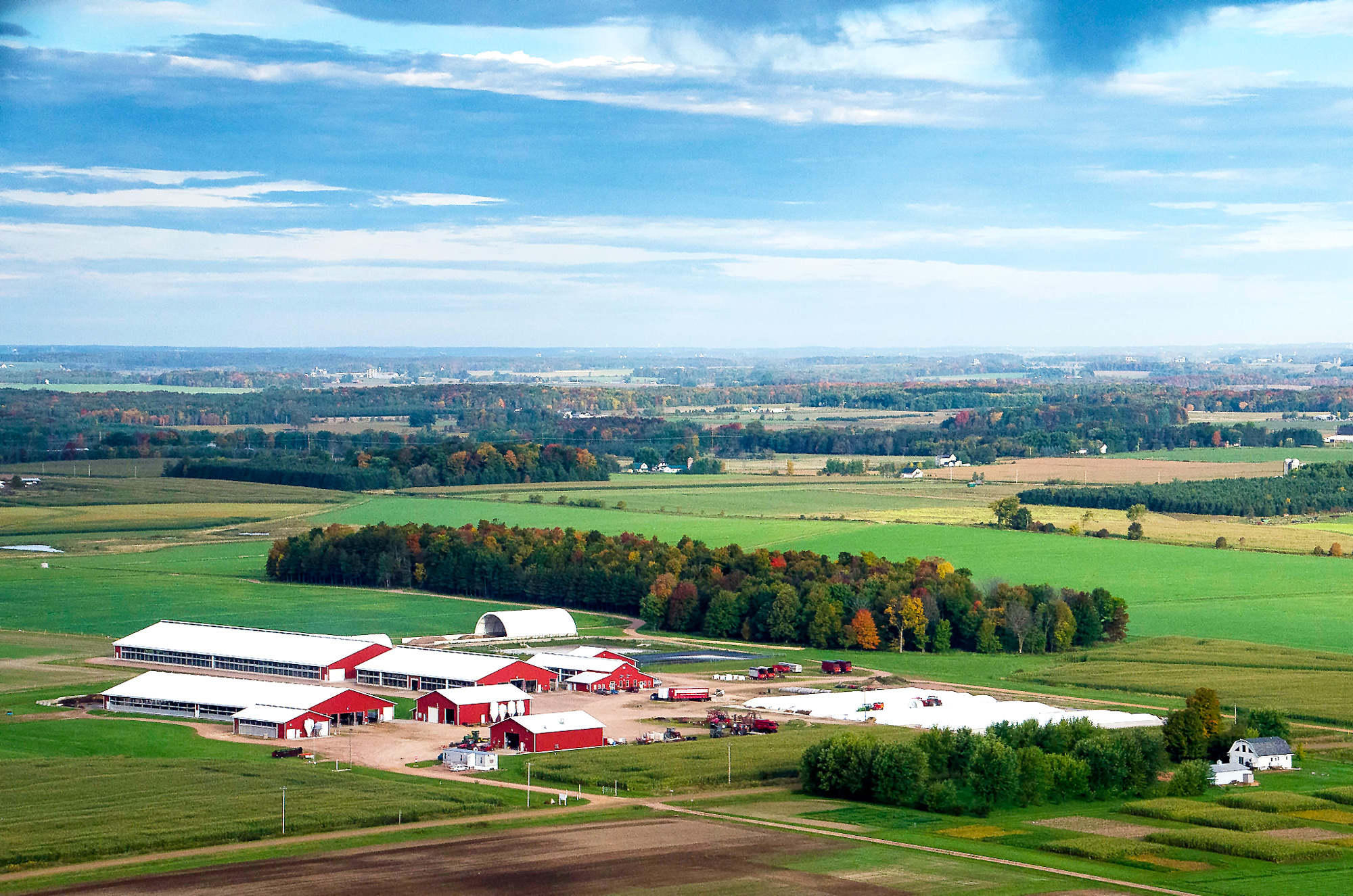I’ve been a farm safety specialist for 36 years, including spending a few years in the farm insurance industry. I’ve worked with corn and soybean producers in the Midwest, apple growers in Washington, and cattle ranchers in Oregon. I’ve spent 3 decades at universities working on issues with pork producers, cranberry growers, dairy farmers, small- and large-scale vegetable producers, and others in various industries.
I am often asked, “What’s the most important thing we can do to prevent farm fatalities and injuries?” People expect me to talk about installing rollover protection on tractors, replacing machinery shields, or wearing personal protective equipment. While those are necessary for improving agriculture’s safety record, there are some more important strategies that also need to be implemented. The top ones include conducting regular educational meetings, promoting open employer–employee communication, and acting in ways that create a workplace culture where safety is accepted, valued, and viewed as key to business success.
Safety training can seem intimidating, boring, or unnecessary. Some producers think that a safety training will just result in eye rolls from their team or seem like a waste of time. Safety training doesn’t have to be that way, however. At its best, safety training is a way to build stronger relationships with workers and show them you care deeply about their well-being. Research I conducted with others at UW–Madison found that farm workers appreciate it when employers show care and concern for their health and well-being.
Over the years one concept that’s been developed to educate workers about various farm-related work skills is tailgate (sometimes called toolbox) training. Here’s how it works. Envision a supervisor sitting on a tailgate of a pickup talking to employees or talking to a small group gathered casually at the shop. These environments lend themselves well to informal conversations where trainings can be delivered in a short, focused fashion. These short, focused trainings done in informal settings are tailgate trainings. Tailgate trainings can be a very effective way to convey safety-related information to employees.
Here are some specific ideas you can use for safety-related tailgate trainings that show your concern for the well-being of your team while also training them to act wisely in case of emergencies.
- Keep groups small. From 5 to 10 employees is most effective.
- Keep sessions short and focused on just one or two topics and specific skills. Sessions should not last more than 15 minutes.
- Conduct educational meetings regularly, either weekly or biweekly, so they become an expectation. Scheduling sessions early in the week is advantageous, although not necessarily first thing on a Monday morning.
- Prioritize topics based on recent injuries or close calls.
- Ask employees what safety issues they are interested in learning more about. They may express interests that you haven’t thought of.
- Aim to be informal, but be prepared; ensure you have specific recommendations, actions, and expectations that support each topic.
- Provide handouts that include graphics, photos, and other visual material while minimizing the amount of text. Keep in mind language preferences, and ensure materials are appropriate and understandable for everyone on your team.
- Remember that reading levels vary greatly among all types of workers.
- Allow a large chunk of time for conversation, questions, and stories, but stay on topic.
- Employees will feel engaged and respected when they’re involved and they see that others are learning from their experiences.
- Listen for unexpected stories or ideas, especially those that are potential barriers to safe behaviors, such as specific reasons why employees take unsafe shortcuts or fail to wear a certain type of protective equipment. Such feedback enables you to make needed changes. You’re also confirming that you’re receptive to the concerns of team members.
- Engaging employees in an authentic way often leads to more compliance, and subsequently, less risk. Combining reduced risk with actions that improve workflow, provide protective equipment, and eliminate or change known hazards leads to a return on investment in safety.
When employees recognize their input has played a role, they’ll be more willing to embrace workplace changes. And they’ll appreciate the efforts you’ve made to improve their safety.
*Adapted from articles originally appearing in Dairy’s Bottom Line by PDPW and Agri-View/Ag Update, September 2021. The idea of Tailgate/Toolbox training in agriculture was originated by Gemplers Farm and Home Supply.



 Can You Motivate Employees?
Can You Motivate Employees? Does Your Farm's Culture Reflect Who You Want to Be as An Employer?
Does Your Farm's Culture Reflect Who You Want to Be as An Employer? Anhydrous Ammonia-It's time to review employee safety
Anhydrous Ammonia-It's time to review employee safety Understanding the Total Compensation Statement Benefits Everyone
Understanding the Total Compensation Statement Benefits Everyone


